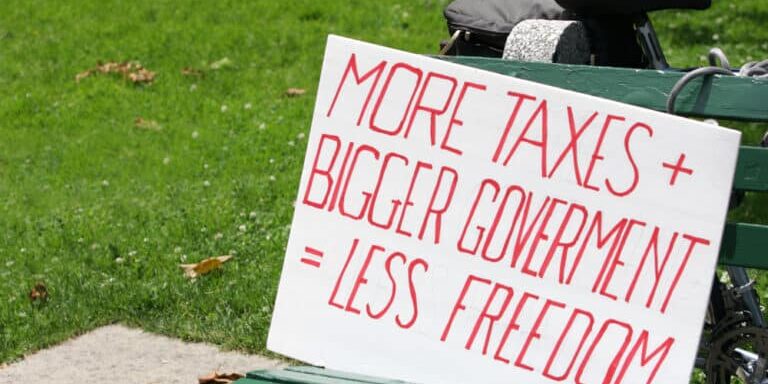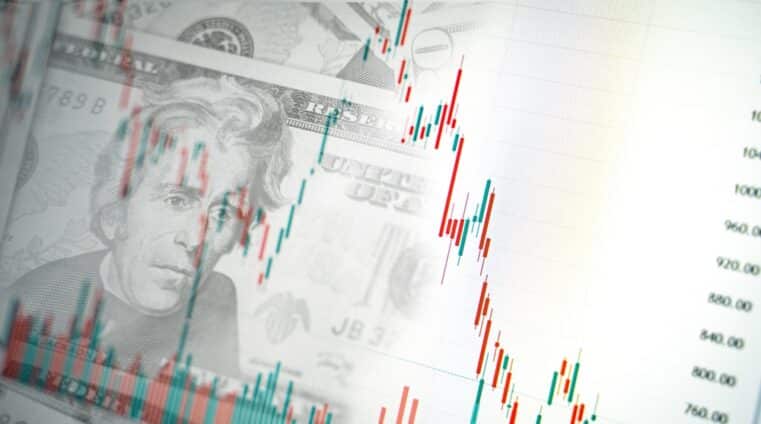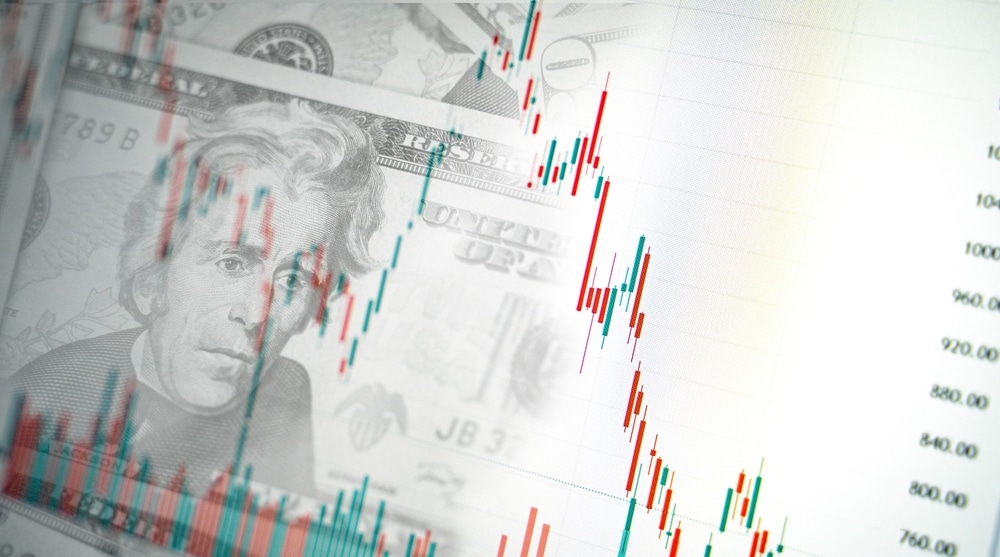
The Federal Reserve Is in Crisis—And Elon Musk Knows It
Musk vs. The Fed: A Battle Worth Watching
Elon Musk doesn’t throw punches lightly. When he calls out an institution, there’s usually more than meets the eye. His latest jab at the Federal Reserve—calling it "absurdly overstaffed"—isn’t just about trimming the fat. It’s about accountability in a system that has none.
The Fed employs roughly 24,000 people across its Board of Governors and 12 regional banks. Compare that to the Swiss National Bank, which manages an entire national economy with fewer than 1,000 employees. Why the excess? Because the Federal Reserve isn’t just managing interest rates; it’s running an empire—a deeply entrenched financial bureaucracy that operates outside the reach of Congress.
Chairman Jerome Powell fired back, claiming his team is "overworked, not overstaffed." That’s rich, considering the Fed’s primary job—maintaining economic stability—has been an unmitigated failure. Inflation is still eating away at savings, interest rate hikes have crushed small businesses, and the central bank’s balance sheet is bloated with nearly $8 trillion in debt. So what exactly are these 24,000 employees working so hard on? Running a failing system?
The Fed’s Hidden Agenda: Why It’s Untouchable
Unlike most government agencies, the Federal Reserve does not rely on congressional funding. It makes its own money—literally—by collecting interest on government debt and issuing currency out of thin air. This financial autonomy means there’s no real oversight, no real checks and balances. When the Fed makes bad bets (like its disastrous post-COVID money printing spree), it doesn’t answer to taxpayers. It just changes the rules.
And let’s talk about those remittances to the U.S. Treasury—the so-called "profits" the Fed returns to the government each year. In 2015, it sent back a record $117 billion. But last year? The Fed lost $116 billion due to rising interest costs. That’s right—the central bank, which has the power to print unlimited money, somehow managed to lose money.
This is where Musk’s criticism hits home. If the Fed were truly a lean, efficient organization working for the public good, its budget wouldn’t be ballooning while its monetary policies tank the economy. It wouldn’t be expanding staff while Americans struggle under record-high debt and inflation.
The Bigger Picture: The Fed Is Preparing for Something Major
Musk’s critique isn’t just about headcount. It’s a warning shot at an institution that’s gearing up for major changes—none of which benefit the average American.
Consider this:
- FedNow, the Federal Reserve’s new real-time payments system, is laying the groundwork for a central bank digital currency (CBDC)—one that would allow direct control over every transaction in the economy.
- The push for higher interest rates isn't about fighting inflation anymore; it's about maintaining the illusion of a strong dollar while foreign nations pivot away from U.S. debt.
- The Fed's deficit spending crisis is reaching a breaking point. With over $34 trillion in national debt, interest payments alone will soon exceed defense spending.
Musk, an insider who rubs shoulders with powerful financiers and policymakers, sees the writing on the wall. When he criticizes the Fed, he’s not just complaining about inefficiency—he’s signaling that something big is coming.
What Happens Next?
The cracks in the system are widening, and here’s what you need to prepare for:
- The Fed’s Balance Sheet Will Keep Expanding – Expect more money printing, more debt, and more economic instability. Inflation may slow in the short term, but the long game is currency devaluation.
- The Push for a Digital Dollar Will Accelerate – A fully digital financial system gives the Fed total surveillance and control over your money. Watch for new policies that subtly move us toward this goal.
- Interest Rates Will Stay High—Until the Pivot Comes – The Fed will keep pretending to fight inflation until something breaks (likely the housing market or a major bank). Then, expect a sudden policy reversal and another round of "stimulus" money printing.
The Takeaway: Don’t Trust the System—Prepare for Its Collapse
Elon Musk is one of the few billionaires willing to say the quiet part out loud: The Federal Reserve is a bloated, unaccountable institution that’s steering America into a financial storm. He’s right to sound the alarm—but calling out the problem isn’t enough. You need to take action.
🔹 Download my free book, "Seven Steps to Protect Your Bank Accounts," and learn how to shield your wealth before the next financial crisis hits.
👉 Click here to get your copy.
🔹 Prefer a hardcover? Get Bill Brocius’ eye-opening book, "The End of Banking as You Know It," at a discounted price.
👉 Order it here.
The financial elites don’t want you to wake up to this reality. But now you know. The question is: What are you going to do about it?











